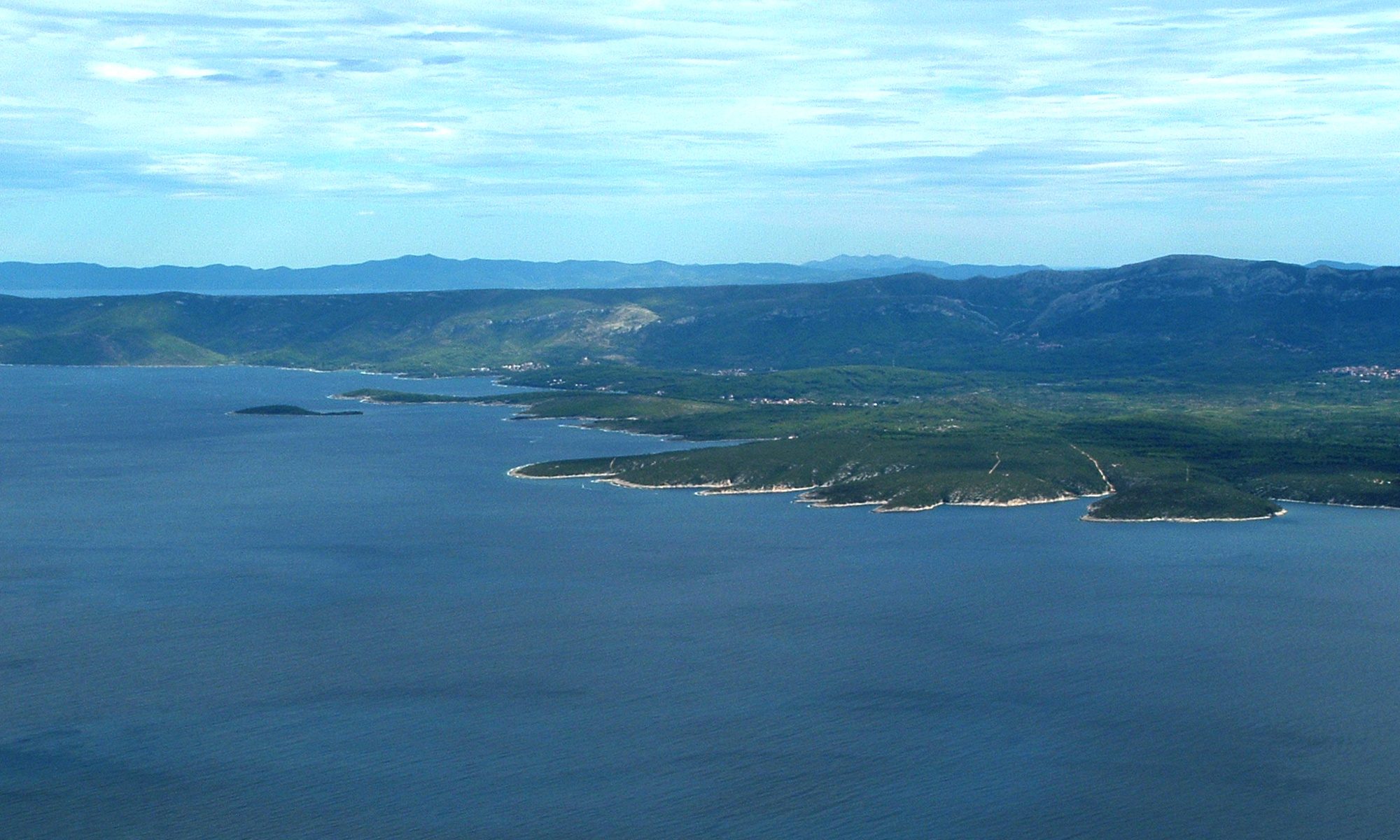NSDI Datasets Supporting the Development of Mountain Areas
Vesna Poslončec-Petrić1, Željko Bačić1, Dražen Tutić1, Slobodanka Ključanin2 | 1University of Zagreb, Faculty of Geodesy, Croatia, 2University of Sarajevo, Bosnia and Herzegovina
Keywords: NSDI, mountain areas, mountain cartography
Mountain areas are particularly sensitive segments in every community that are exposed to depopulation, economic downturn and the threats caused by climatic conditions. The measures taken by the state and local authorities are largely based on spatial data, and the quality of these measures depends on their availability, sharing possibilities and quality. In this context, the spatial
data infrastructure (SDI) plays a special role in creating the prerequisites for the development and conservation of mountainous areas.
The establishment of the National Spatial Data Infrastructure (NSDI) in the Republic of Croatia is defined by the Law on NSDI that represents the implementation of the Directive 2007/2/EC of the European Parliament and of the Council of 14. March 2007 about establishing an Infrastructure for Spatial Information in the European Community (INSPIRE) in the legislation of the Republic of Croatia.
INSPIRE directive applies to spatial data held by or on behalf of public authorities and the uses of spatial data by public authorities in the performance of their tasks.
Geoportal NSDI makes it possible to access the services related to searching, viewing, downloading, transformation, retrieving and other data services, and it presents an initial point of access to spatial data sources as enacted in the Law on NSDI. Until March 2018, altogether 39 NSDI stakeholders made their data available via Geoportal NSDI. The information about these data has been published in 288 metadata and 76 network services.
The paper provides an overview of spatial datasets needed for the support in the development of hilly and mountainous areas in the Republic of Croatia, as well as of requirements for the data sources mentioned.
